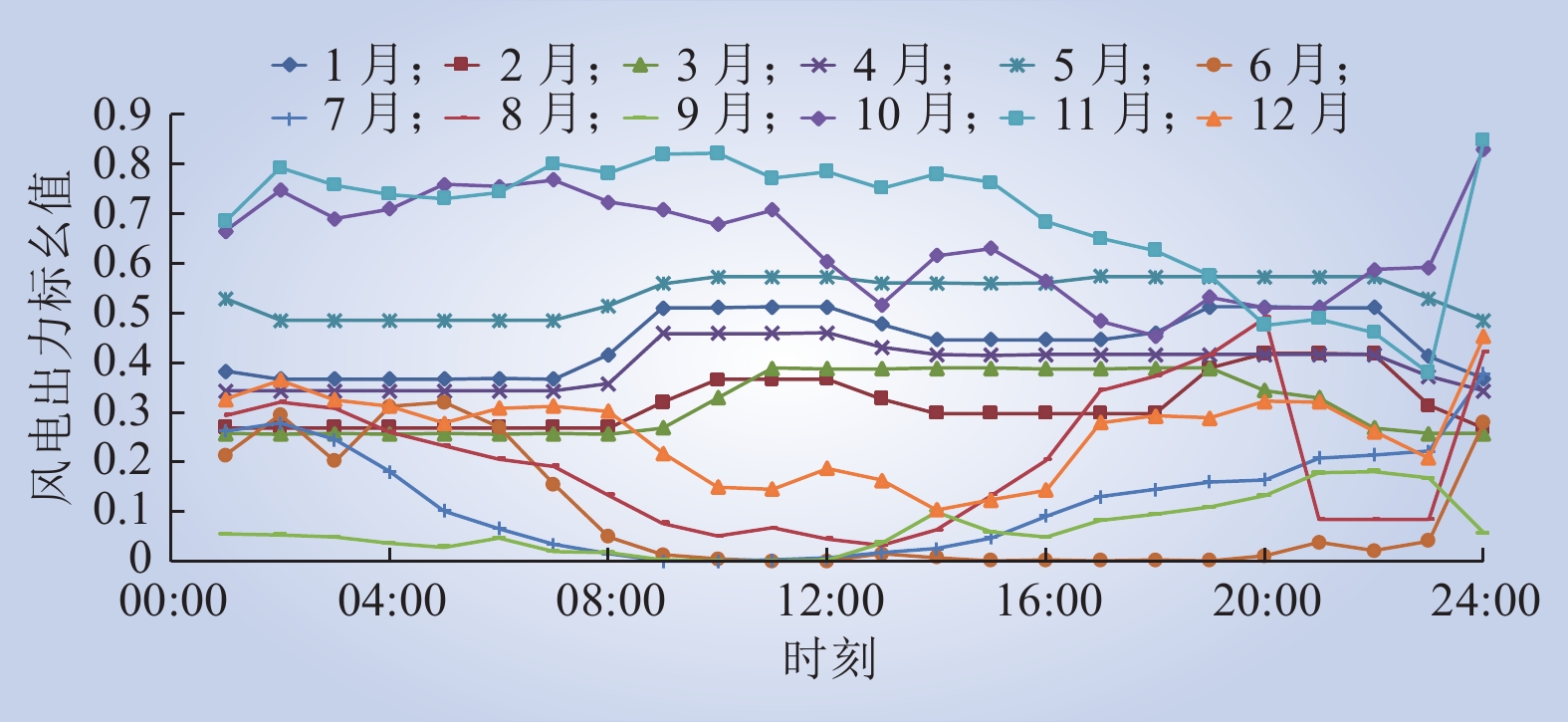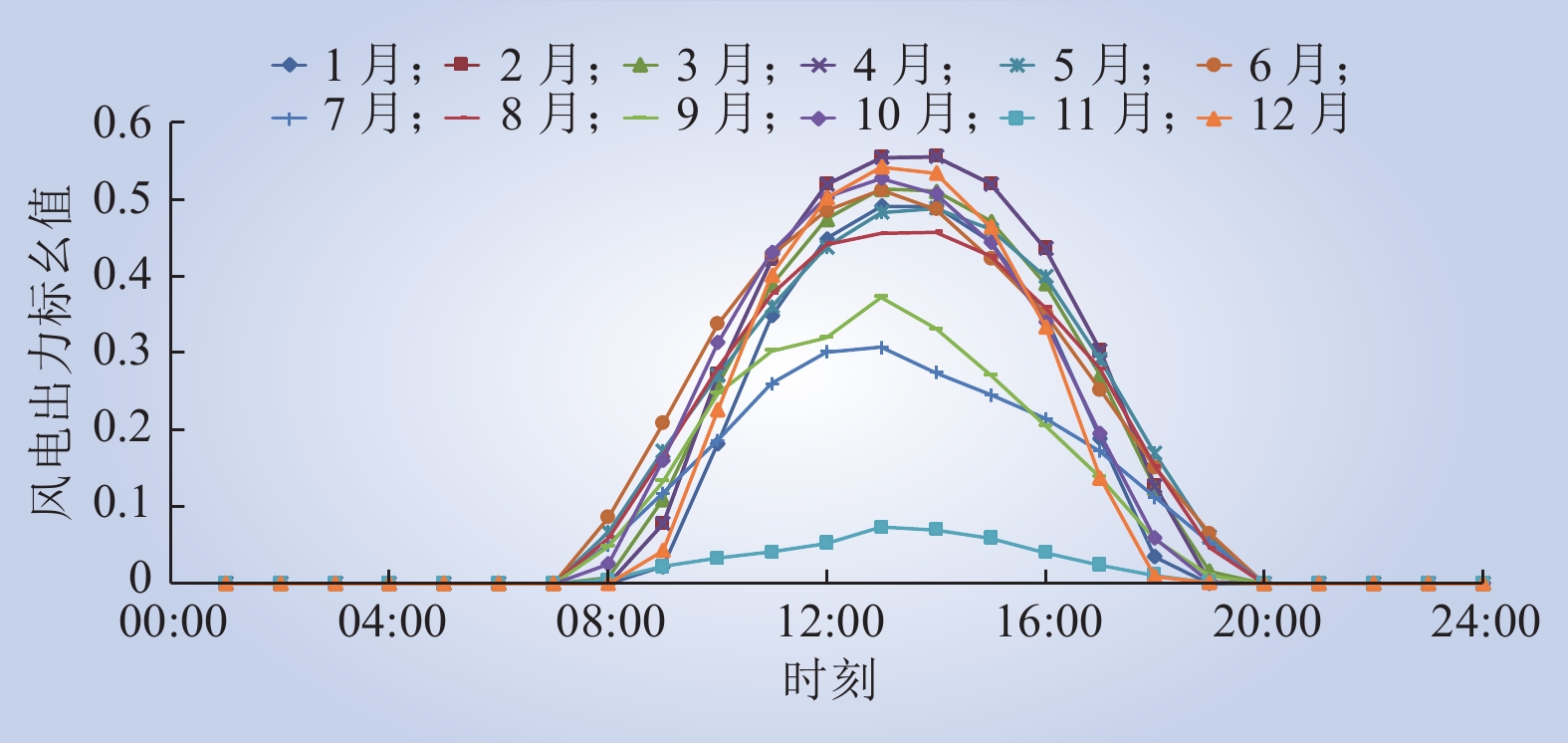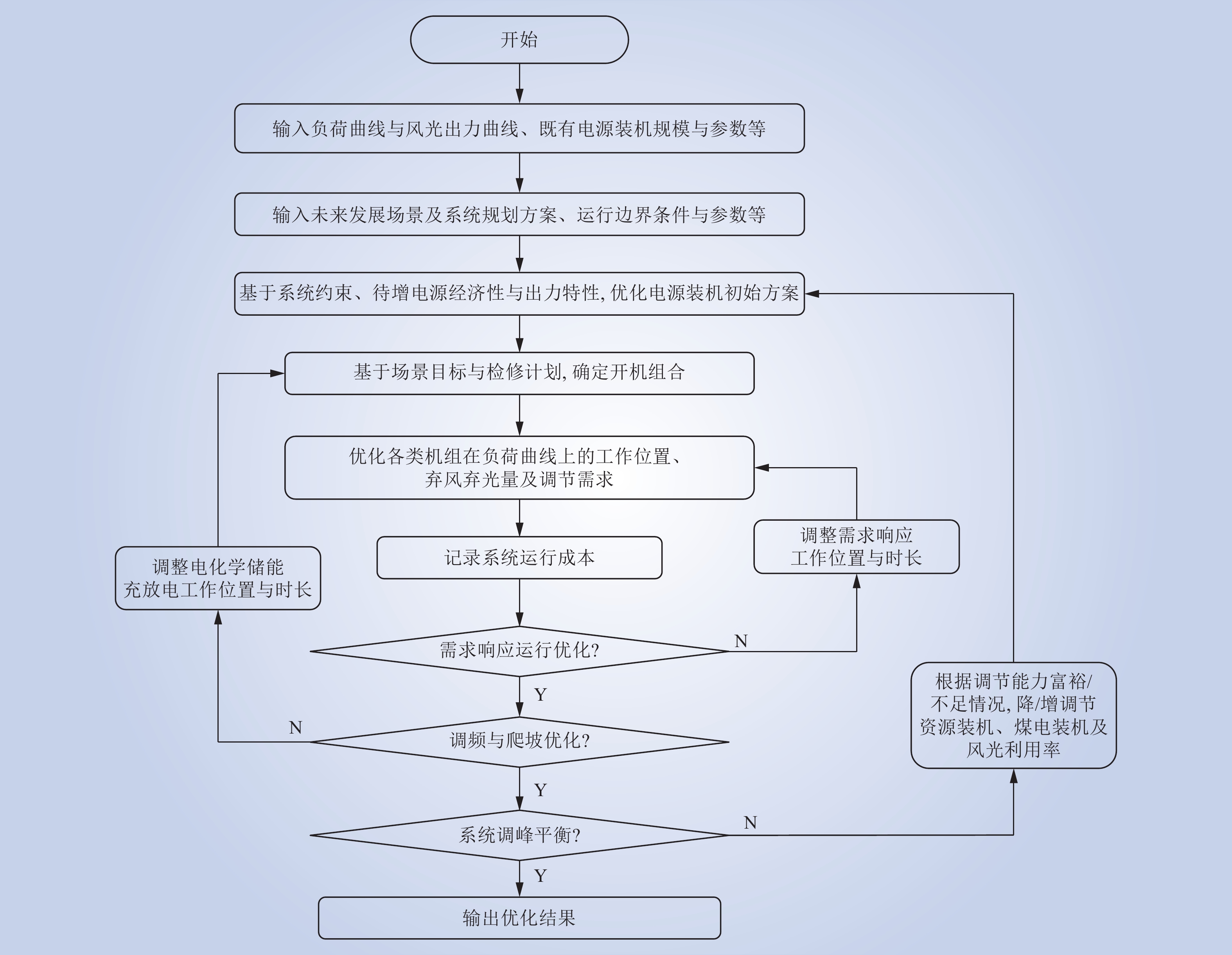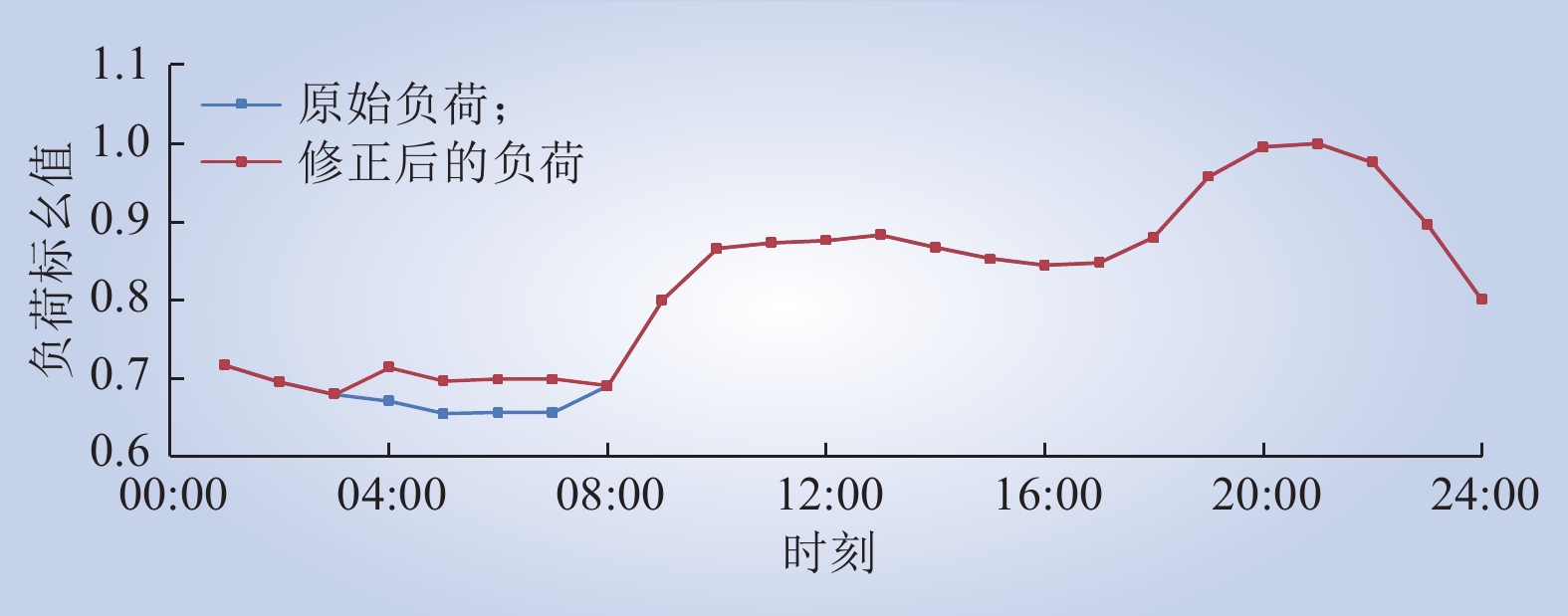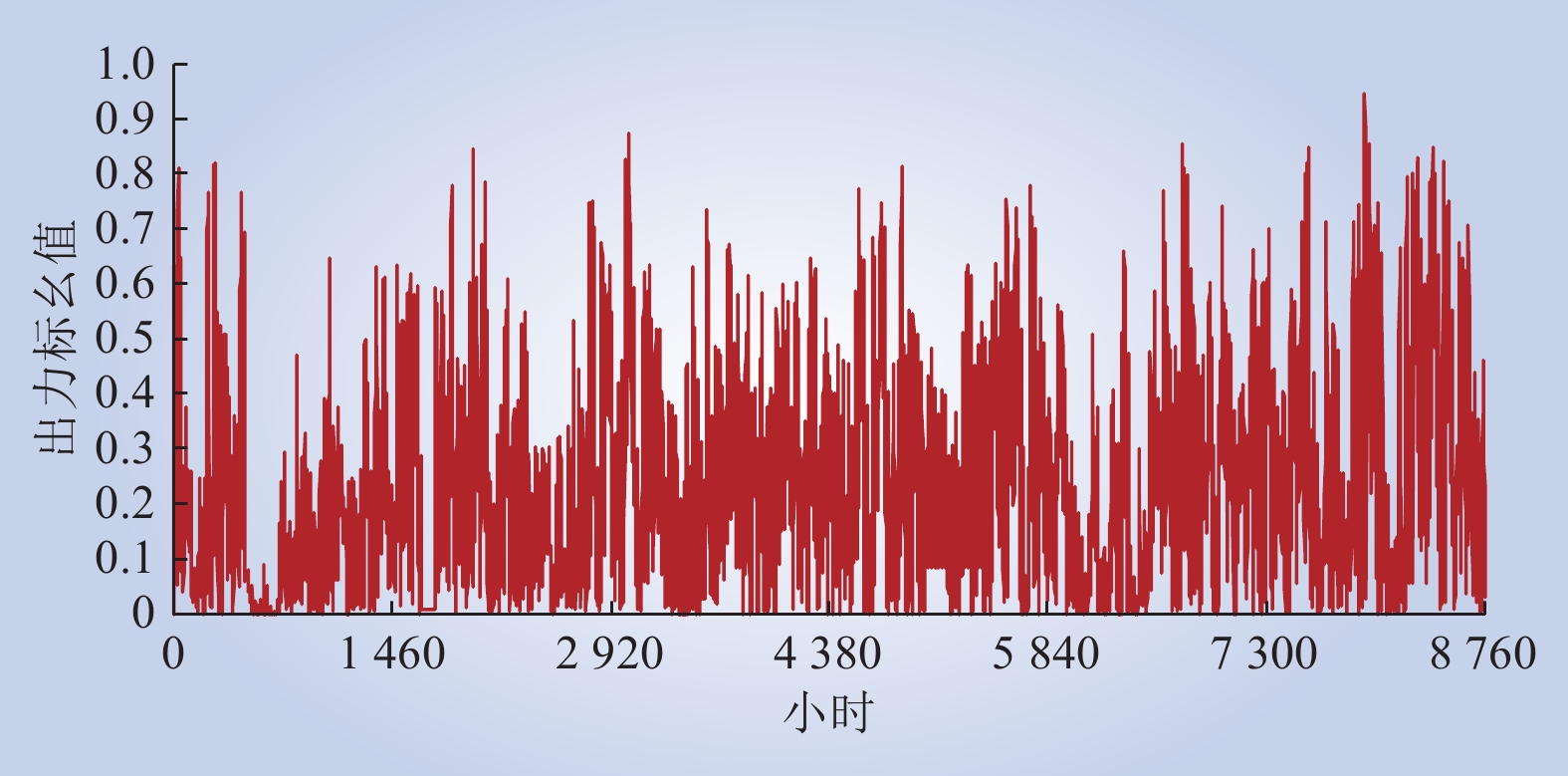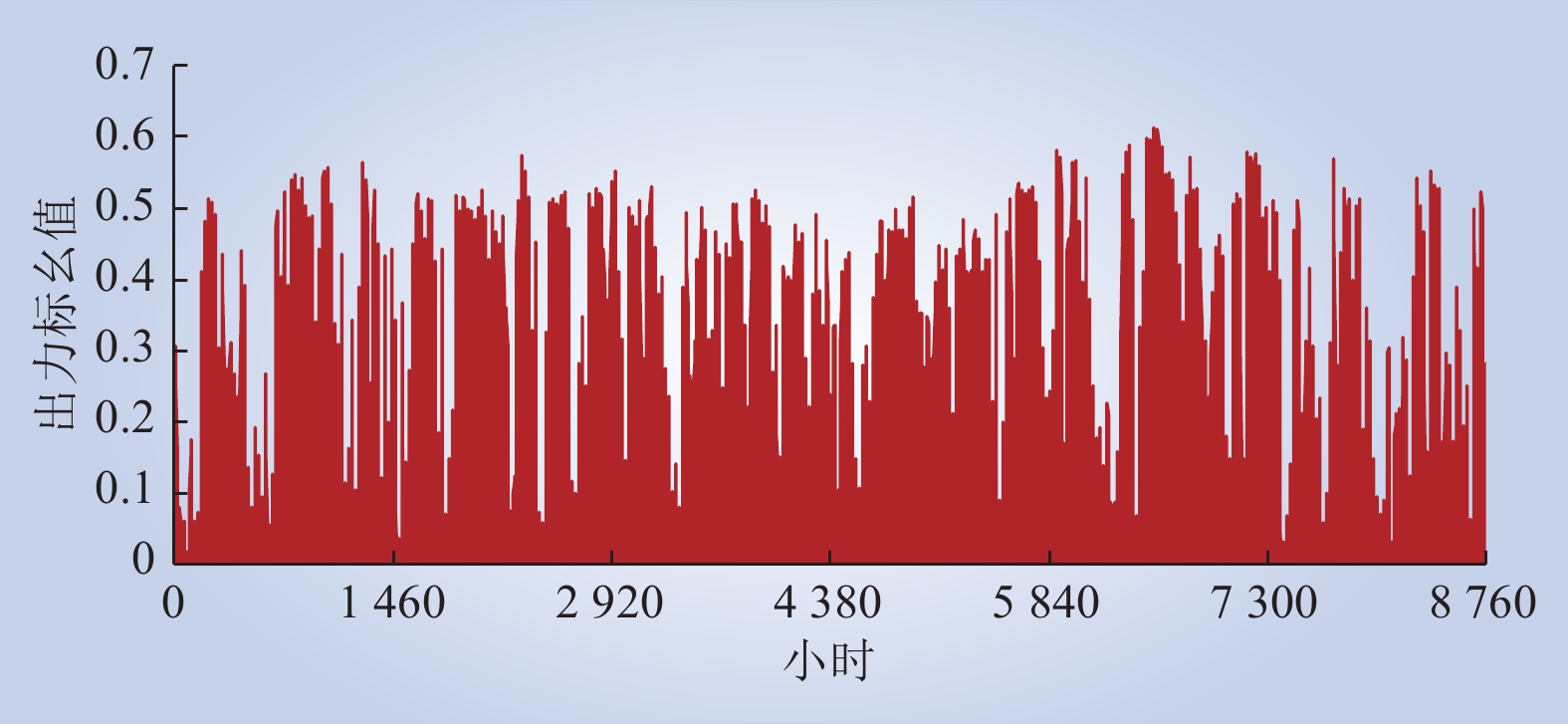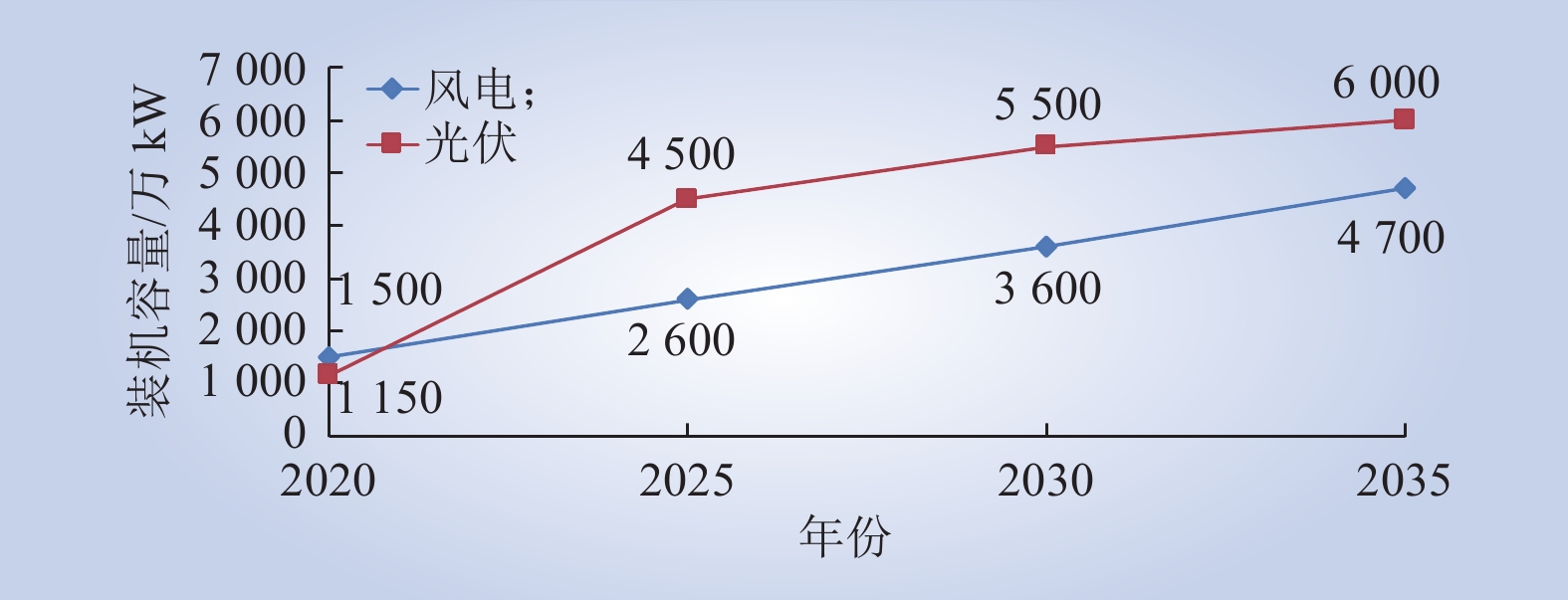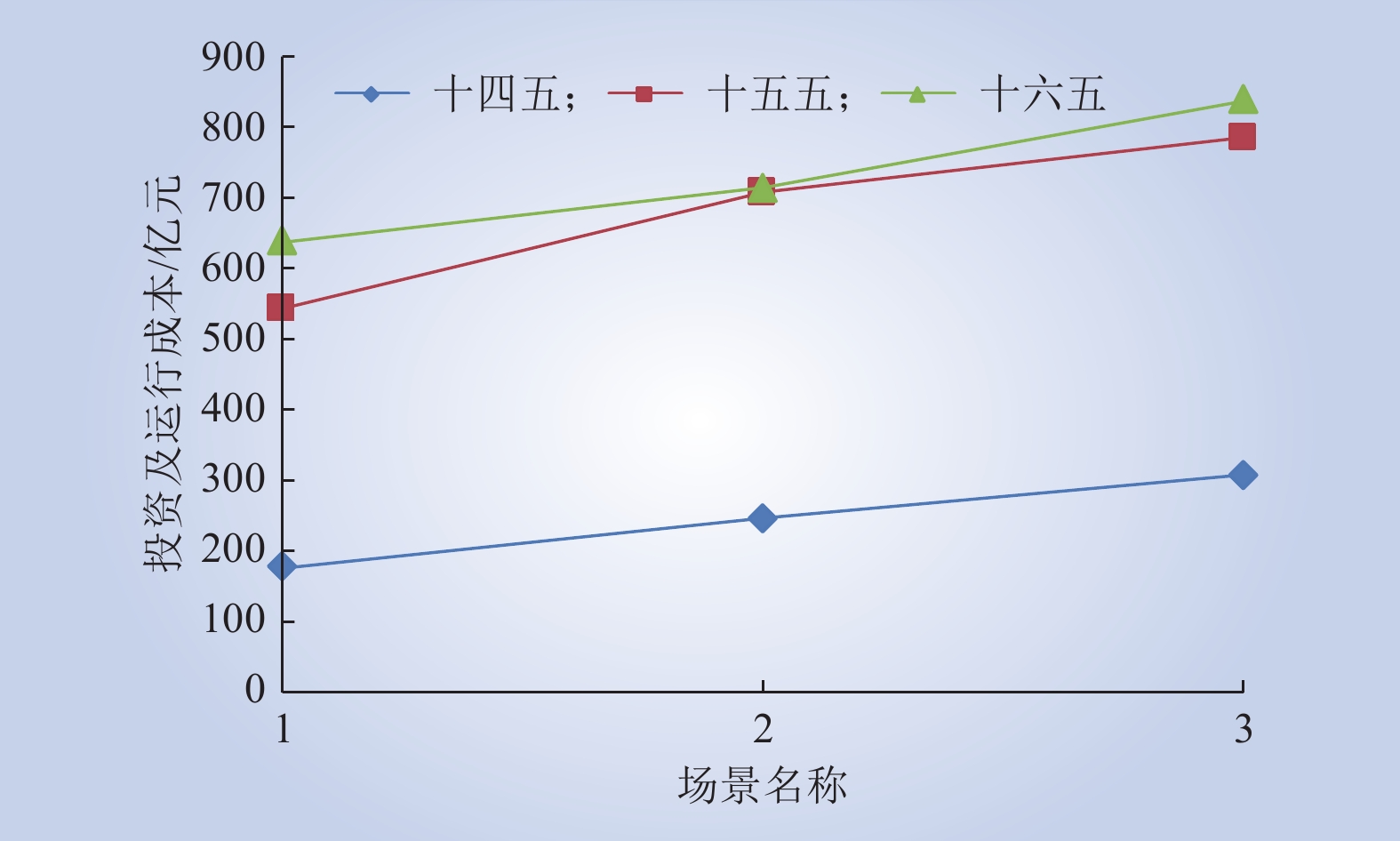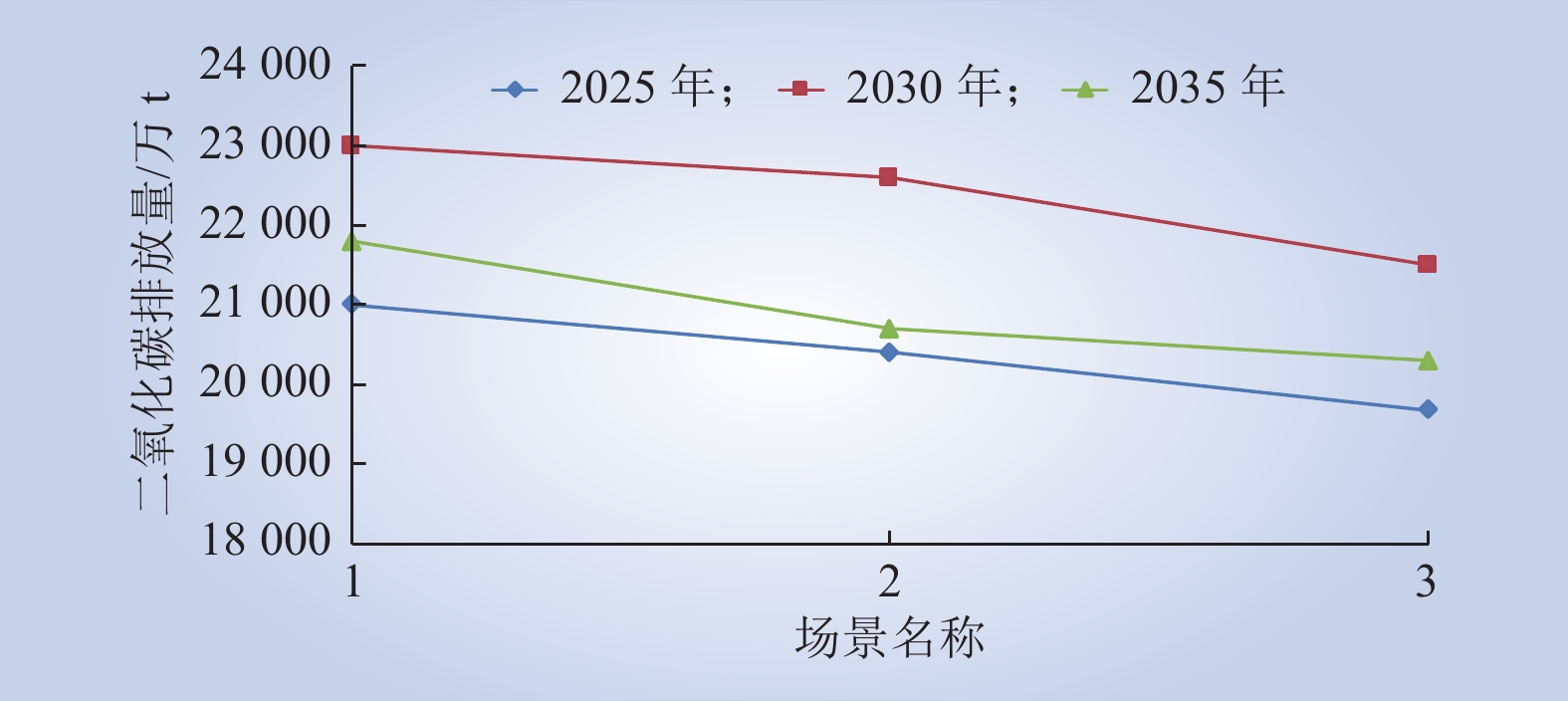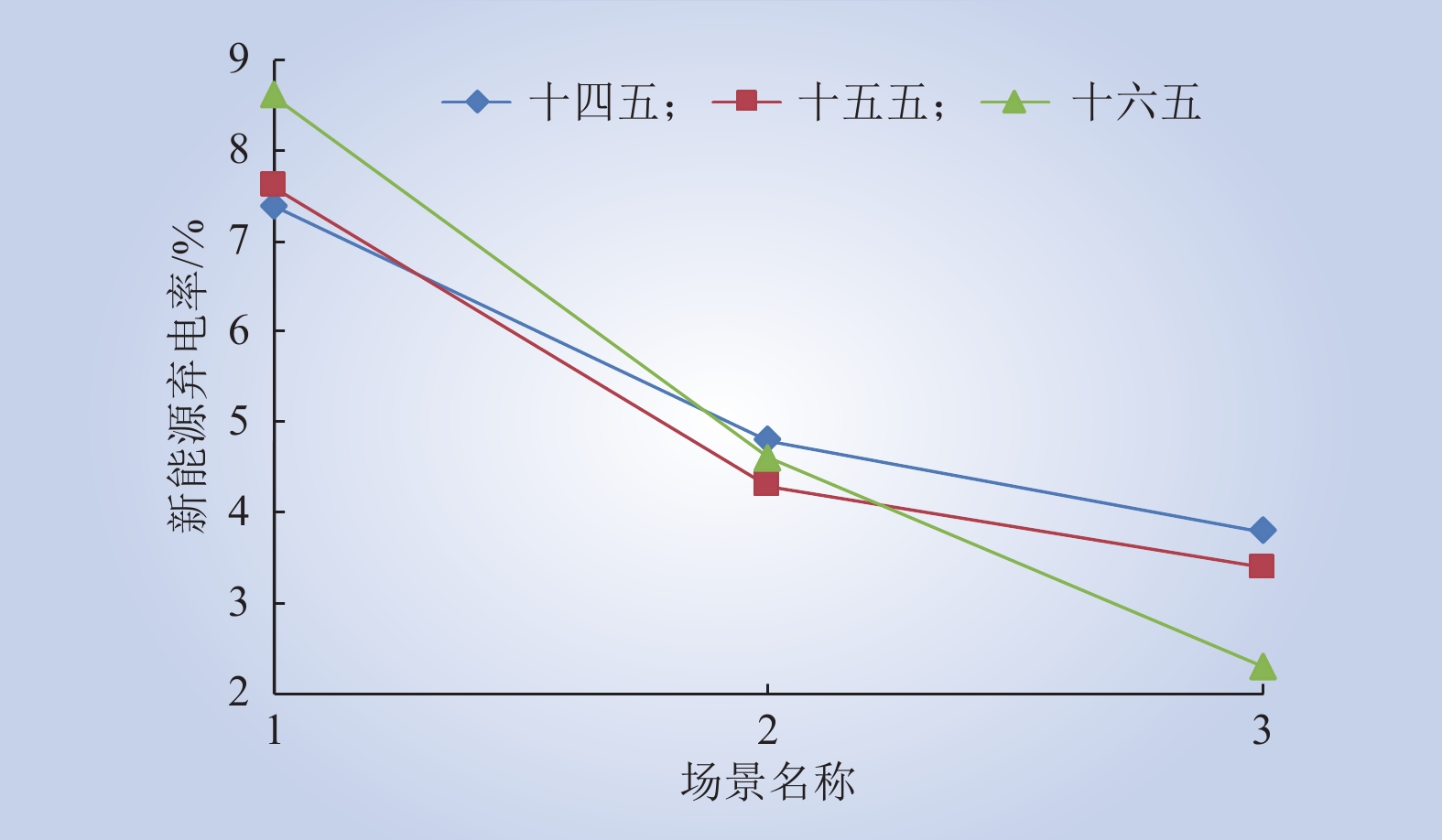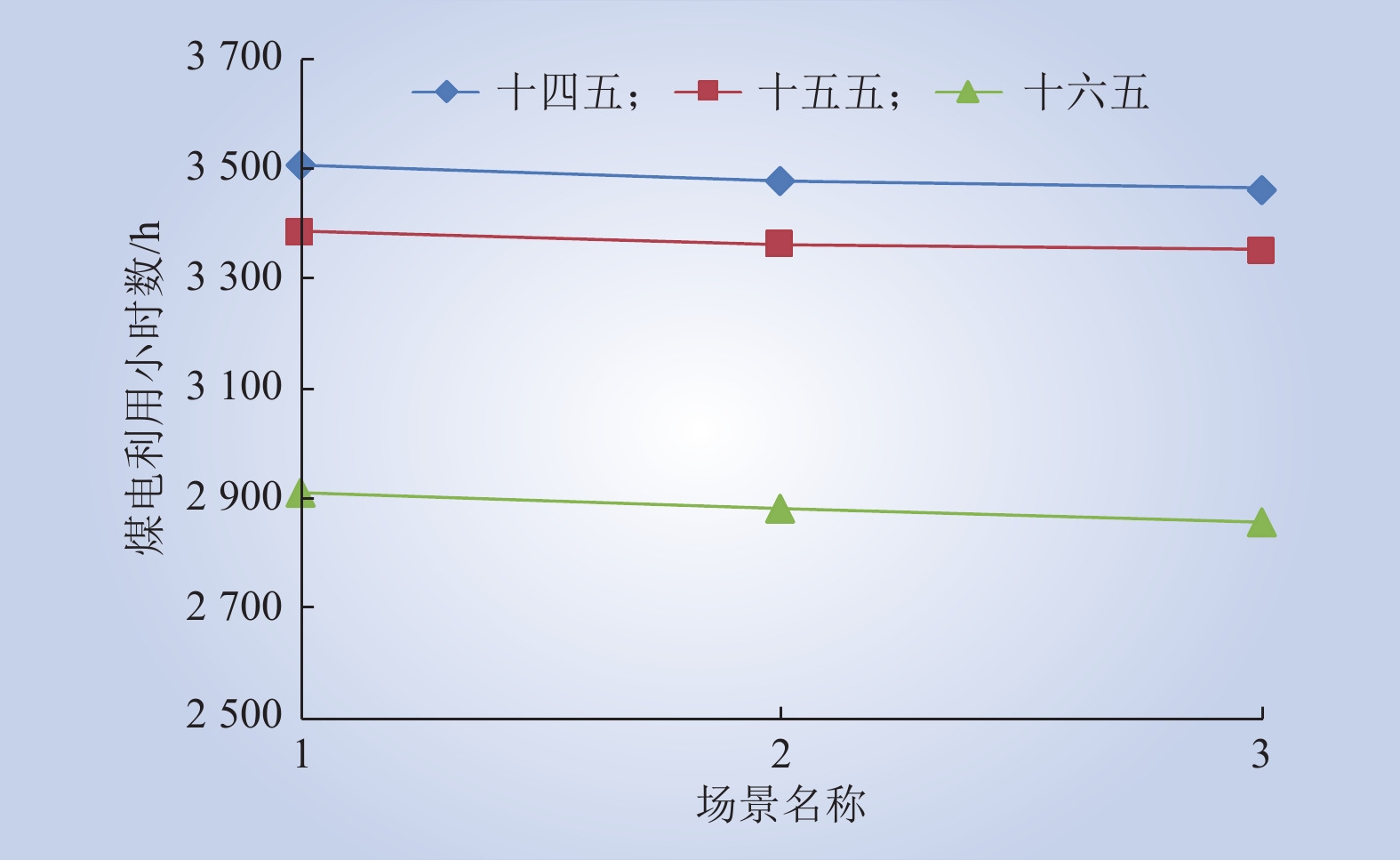| 1 |
李政, 陈思源, 董文娟, 等. 碳约束条件下电力行业低碳转型路径研究[J]. 中国电机工程学报, 2021, 41 (12): 3987- 4001.
|
|
LI Zheng, CHEN Siyuan, DONG Wenjuan, et al. Low carbon transition pathway of power sector under carbon emission constraints[J]. Proceedings of the CSEE, 2021, 41 (12): 3987- 4001.
|
| 2 |
河南省发展和改革委员会. 关于进一步推动风电光伏发电项目高质量发展的指导意见(豫发改新能源〔2021〕319号)[Z].
|
| 3 |
宁夏回族自治区人民政府. 关于印发宁夏回族自治区国民经济和社会发展第十四个五年规划和2035年远景目标纲要的通知(宁政发〔2021〕1号)[Z].
|
| 4 |
黄海煜, 王春明, 夏少连, 等. 兼顾正负旋转备用的华中电力调峰辅助服务市场设计与实践[J]. 电力系统自动化, 2020, 44 (16): 171- 177.
DOI
|
|
HUANG Haiyu, WANG Chunming, XIA Shaolian, et al. Design and practice of peak regulation auxiliary service market for central China power grid considering positive and negative spinning reserve[J]. Automation of Electric Power Systems, 2020, 44 (16): 171- 177.
DOI
|
| 5 |
徐帆, 葛朝强, 吴鑫, 等. 区域电网省间调峰辅助服务的市场机制与出清模型[J]. 电力系统自动化, 2019, 43 (16): 109- 115.
DOI
|
|
XU Fan, GE Zhaoqiang, WU Xin, et al. Market mechanism and clearing model of inter-provincial peak regulation ancillary service for regional power grid[J]. Automation of Electric Power Systems, 2019, 43 (16): 109- 115.
DOI
|
| 6 |
马晓伟, 薛晨, 任景, 等. 西北省间调峰辅助服务市场机制设计与实践[J]. 中国电力, 2021, 54 (6): 2- 11.
|
|
MA Xiaowei, XUE Chen, REN Jing, et al. Design and practice of inter-provincial peak regulation auxiliary service market mechanism for northwest China power grid[J]. Electric Power, 2021, 54 (6): 2- 11.
|
| 7 |
崔杨, 修志坚, 薄利明, 等. 考虑火-储深度调峰容量二次分配的含风电电力系统分层优化调度[J]. 电网技术, 2022, 46 (7): 2520- 2531.
|
|
CUI Yang, XIU Zhijian, BO Liming, et al. Hierarchical optimal scheduling of power systems with wind generation considering secondary allocation of thermal-storage deep peaking capacity[J]. Power System Technology, 2022, 46 (7): 2520- 2531.
|
| 8 |
崔杨, 周慧娟, 仲悟之, 等. 考虑广义储能与火电联合调峰的日前-日内两阶段滚动优化调度[J]. 电网技术, 2021, 45 (1): 10- 20.
|
|
CUI Yang, ZHOU Huijuan, ZHONG Wuzhi, et al. Two-stage day-ahead and intra-day rolling optimization scheduling considering joint peak regulation of generalized energy storage and thermal power[J]. Power System Technology, 2021, 45 (1): 10- 20.
|
| 9 |
薛晨, 任景, 张小东, 等. 含虚拟储能的新能源高渗透电网深度调峰备用决策模型[J]. 中国电力, 2019, 52 (11): 35- 43.
|
|
XUE Chen, REN Jing, ZHANG Xiaodong, et al. A reserve decision model for high-proportional renew energy integrated power grid based on deep peak-shaving and virtual storage[J]. Electric Power, 2019, 52 (11): 35- 43.
|
| 10 |
李军徽, 张嘉辉, 穆钢, 等. 储能辅助火电机组深度调峰的分层优化调度[J]. 电网技术, 2019, 43 (11): 3961- 3970.
|
|
LI Junhui, ZHANG Jiahui, MU Gang, et al. Hierarchical optimization scheduling of deep peak shaving for energy-storage auxiliary thermal power generating units[J]. Power System Technology, 2019, 43 (11): 3961- 3970.
|
| 11 |
李铁, 李正文, 杨俊友, 等. 计及调峰主动性的风光水火储多能系统互补协调优化调度[J]. 电网技术, 2020, 44 (10): 3622- 3630.
|
|
LI Tie, LI Zhengwen, YANG Junyou, et al. Coordination and optimal scheduling of multi-energy complementary system considering peak regulation initiative[J]. Power System Technology, 2020, 44 (10): 3622- 3630.
|
| 12 |
李旭东, 艾欣, 胡俊杰, 等. 计及碳交易机制的核-火-虚拟电厂三阶段联合调峰策略研究[J]. 电网技术, 2019, 43 (7): 2460- 2470.
|
|
LI Xudong, AI Xin, HU Junjie, et al. Three-stage combined peak regulation strategy for nuclear-thermal-virtual power plant considering carbon trading mechanism[J]. Power System Technology, 2019, 43 (7): 2460- 2470.
|
| 13 |
周刚. 考虑核电参与的多类型电源联合调峰优化方法[J]. 电网技术, 2019, 43 (3): 928- 935.
|
|
ZHOU Gang. An approach on coordinative peaking optimization for power system with nuclear power plant participation[J]. Power System Technology, 2019, 43 (3): 928- 935.
|
| 14 |
邵尤国, 赵洁, 刘涤尘, 等. 考虑核电调峰的风电-核电协调优化调度[J]. 中国电机工程学报, 2019, 39 (4): 1018- 1029.
|
|
SHAO Youguo, ZHAO Jie, LIU Diuchen, et al. Coordinated optimal dispatch of wind-nuclear power considering peak load shaving of nuclear power plant[J]. Proceedings of the CSEE, 2019, 39 (4): 1018- 1029.
|
| 15 |
张尧翔, 刘文颖, 李潇, 等. 高比例新能源接入电网光热发电-火电联合调峰优化控制方法[J]. 电力自动化设备, 2021, 41 (4): 1- 7, 32.
|
|
ZHANG Yaoxiang, LIU Wenying, LI Xiao, et al. Optimal control method of peak load regulation combined concentrating solar power and thermal power for power grid accessed with high proportion of renewable energy[J]. Electric Power Automation Equipment, 2021, 41 (4): 1- 7, 32.
|
| 16 |
董海鹰, 房磊, 丁坤, 等. 基于热电联产运行模式的光热发电调峰策略[J]. 太阳能学报, 2019, 40 (10): 2763- 2772.
|
|
DONG Haiying, FANG Lei, DING Kun, et al. Peak regulation strategy of csp plants based on operation mode of cogeneration[J]. Acta Energiae Solaris Sinica, 2019, 40 (10): 2763- 2772.
|
| 17 |
崔杨, 修志坚, 刘闯, 等. 计及需求响应与火-储深度调峰定价策略的电力系统双层优化调度[J]. 中国电机工程学报, 2021, 41 (13): 4403- 4415.
|
|
CUI Yang, XIU Zhijian, LIU Chuang, et al. Dual level optimal dispatch of power system considering demand response and pricing strategy on deep peak regulation[J]. Proceedings of the CSEE, 2021, 41 (13): 4403- 4415.
|
| 18 |
邓婷婷, 娄素华, 田旭, 等. 计及需求响应与火电深度调峰的含风电系统优化调度[J]. 电力系统自动化, 2019, 43 (15): 34- 41.
DOI
|
|
DENG Tingting, LOU Suhua, TIAN Xu, et al. Optimal dispatch of power system integrated with wind power considering demand response and deep peak regulation of thermal power units[J]. Automation of Electric Power Systems, 2019, 43 (15): 34- 41.
DOI
|
| 19 |
赵克丽. 以成本最优为目标的电力系统灵活调节产品优化配置研究[D]. 吉林: 东北电力大学, 2021.
|
|
ZHAO Keli. Research on optimal configuration of flexible regulating products in power system with the goal of optimal cost[D]. Jilin: Northeast Dianli University, 2021.
|
| 20 |
项颂, 陈璐, 苏鹏, 等. 考虑风储多维运行边界的调峰资源优化配置模型[J]. 可再生能源, 2020, 38 (7): 980- 985.
DOI
|
|
XIANG Song, CHEN Lu, SU Peng, et al. An optimization model of hybrid wind-ES power system configuration base on multidimen-sional operation boundary[J]. Renewable Energy Resources, 2020, 38 (7): 980- 985.
DOI
|
| 21 |
郎宇彤. 考虑调峰充裕性风险的电源投资优化模型研究[D]. 北京: 华北电力大学, 2021.
|
|
LANG Yutong. Research on power supply investment optimization model considering peak regulation adequacy risk[D]. Beijing: North China Electric Power University, 2021.
|
| 22 |
张浩楠. 面向碳中和的电力低碳转型规划与决策研究[D]. 北京: 华北电力大学, 2022.
|
|
ZHANG Haonan. Research on planning and decision-making of low-carbon transformation of electric power for carbon neutralization[D]. Beijing: North China Electric Power University, 2022.
|
| 23 |
赵文杰, 李虎军, 杨萌, 等. 新型电力系统背景下河南省灵活性资源优化配置研究[J]. 河南电力, 2022, (S2): 86- 89, 94.
|
|
ZHAO Wenjie, LI Hujun, YANG Meng, et al. Research on optimal allocation of flexible resources in Henan province under the background of new power system[J]. Henan Electric Power, 2022, (S2): 86- 89, 94.
|





